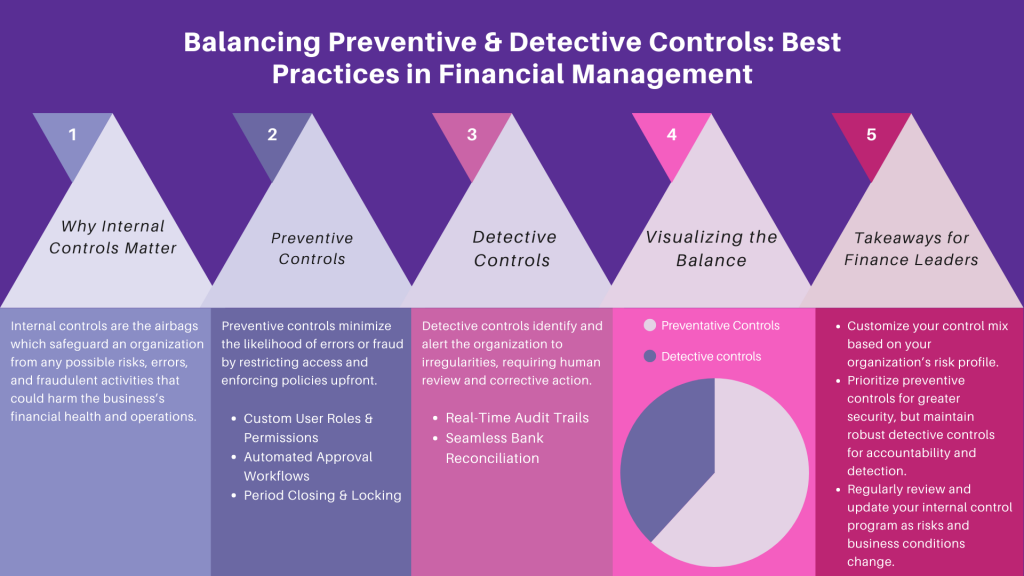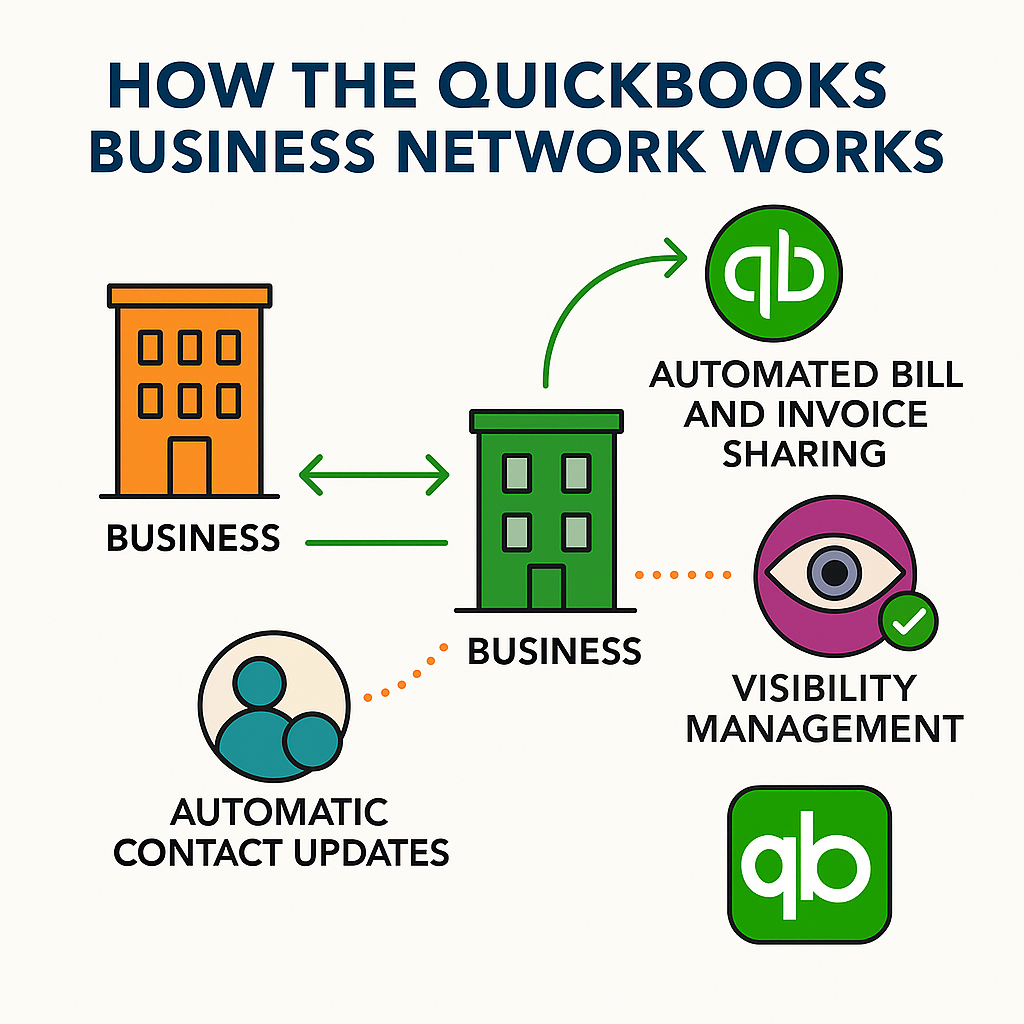How Bob Transformed His Business with QuickBooks Advanced and CFO Insights
Bob always prided himself on running a tight ship. As the owner of a growing services company, he believed his hands-on approach and trustworthy team were enough to keep things running smoothly. But a single accounting slip-up threatened to unravel everything he’d worked so hard to build. That’s when Bob discovered the true power of internal controls—thanks to a timely article in CFO Magazine and the robust features of QuickBooks Advanced.
The Mistake That Changed Everything
It started with a small error: an invoice was paid twice. Bob’s bookkeeper spotted it, but only after it had caused confusion with both the client and the bank. Bob realized that, if this mistake had gone unnoticed, it could have led to bigger financial headaches—or even opened the door to fraud. The experience left him wondering: How many other errors might be slipping through the cracks?
Learning About Internal Controls
Determined to get to the root of the problem, Bob started researching best practices for financial management. That’s when he stumbled upon the CFO Magazine article “The Right Mix of Preventive and Detective Controls”. The article explained that, while trust is important, it’s no substitute for a well-designed system of checks and balances.
Bob learned that there are two main types of internal controls:
- Preventive controls—These are designed to stop mistakes and fraud before they happen. Examples include restricting user access, requiring approvals, and setting up automated alerts.
- Detective controls—These help spot problems after the fact, such as through reconciliations, audit logs, and exception reports.
According to the article, the right balance between preventive and detective controls is crucial. Too much focus on one or the other leaves gaps that can be exploited by errors or bad actors. Bob realized he needed to strengthen both sides of his financial defenses.

Bob’s Search for a Solution
Bob wanted a solution that would help him implement these controls without adding unnecessary complexity. That’s when he discovered the advanced capabilities of QuickBooks Advanced. The platform promised to empower business owners like him to put both preventive and detective controls in place—quickly and effectively.
How QuickBooks Advanced Closed the Gaps
With QuickBooks Advanced, Bob was able to overhaul his company’s internal controls. Here’s how the platform made a difference:
1. Custom User Roles and Permissions
Bob set up user roles so that each team member only had access to the information and functions they needed. No more “all-access passes”—this preventive control meant sensitive tasks like approving payments or editing transactions required specific authorization.
2. Automated Approval Workflows
QuickBooks Advanced let Bob create approval workflows for high-value transactions. Now, whenever a payment exceeded a certain threshold, it triggered an automatic approval request. This made it impossible for a single person to move large sums without oversight.
3. Real-Time Audit Trails
The detailed audit log in QuickBooks Advanced became Bob’s favorite detective control. Every change—who made it, when, and what was changed—was tracked automatically. Bob could quickly investigate any suspicious activity or unusual edits, keeping everyone accountable.
4. Seamless Bank Reconciliation
Bob scheduled regular bank reconciliations, using QuickBooks Advanced’s tools to match transactions and spot discrepancies. This detective control helped him catch errors and potential fraud before they could do damage.
5. Period Closing and Locking
Once Bob’s books were closed for the month, he used QuickBooks Advanced to lock the period. Only authorized users could make changes, ensuring the integrity of finalized financial data.
Building a Culture of Accountability
As Bob put these controls in place, he noticed a shift in his team’s mindset. With clear processes and transparent oversight, everyone became more diligent and careful. Bob remembered a quote from renowned author Stephen Covey:
“Accountability breeds response-ability.”
– Stephen Covey
By holding himself and his team accountable, Bob fostered a culture where everyone took responsibility for the company’s financial health.
Continuous Improvement: Staying Ahead of Risks
The CFO Magazine article emphasized that internal controls aren’t static—they need to evolve as the business grows and new risks emerge. Bob took this advice to heart. He regularly reviewed his controls, updated permissions as roles changed, and monitored the audit trail for red flags.
He also used benchmarking data, like the article’s insight that 38.2% of controls in organizations are detective in nature, as a guide—not a rule. Bob tailored his control environment to fit his company’s unique needs and risk profile.
Bob’s Advice for Other Business Owners
- Don’t assume mistakes or fraud can’t happen to you—be proactive about internal controls.
- Use technology like QuickBooks Advanced to make controls easy and effective.
- Balance preventive and detective controls for maximum protection.
- Foster a culture where accountability is valued and everyone understands their role in safeguarding the business.
- Keep reviewing and improving your controls as your company evolves.
Conclusion: Don’t Let Errors Slip Through
Bob’s journey taught him that even the most trusted teams can make mistakes—and that the right mix of controls is the best defense. By combining insights from CFO Magazine with the powerful features of QuickBooks Advanced, Bob transformed his business into a model of financial integrity and resilience.
Don’t wait for an error to shake your confidence. Take Bob’s advice: put the right controls in place today, and build a business that’s ready for anything.



